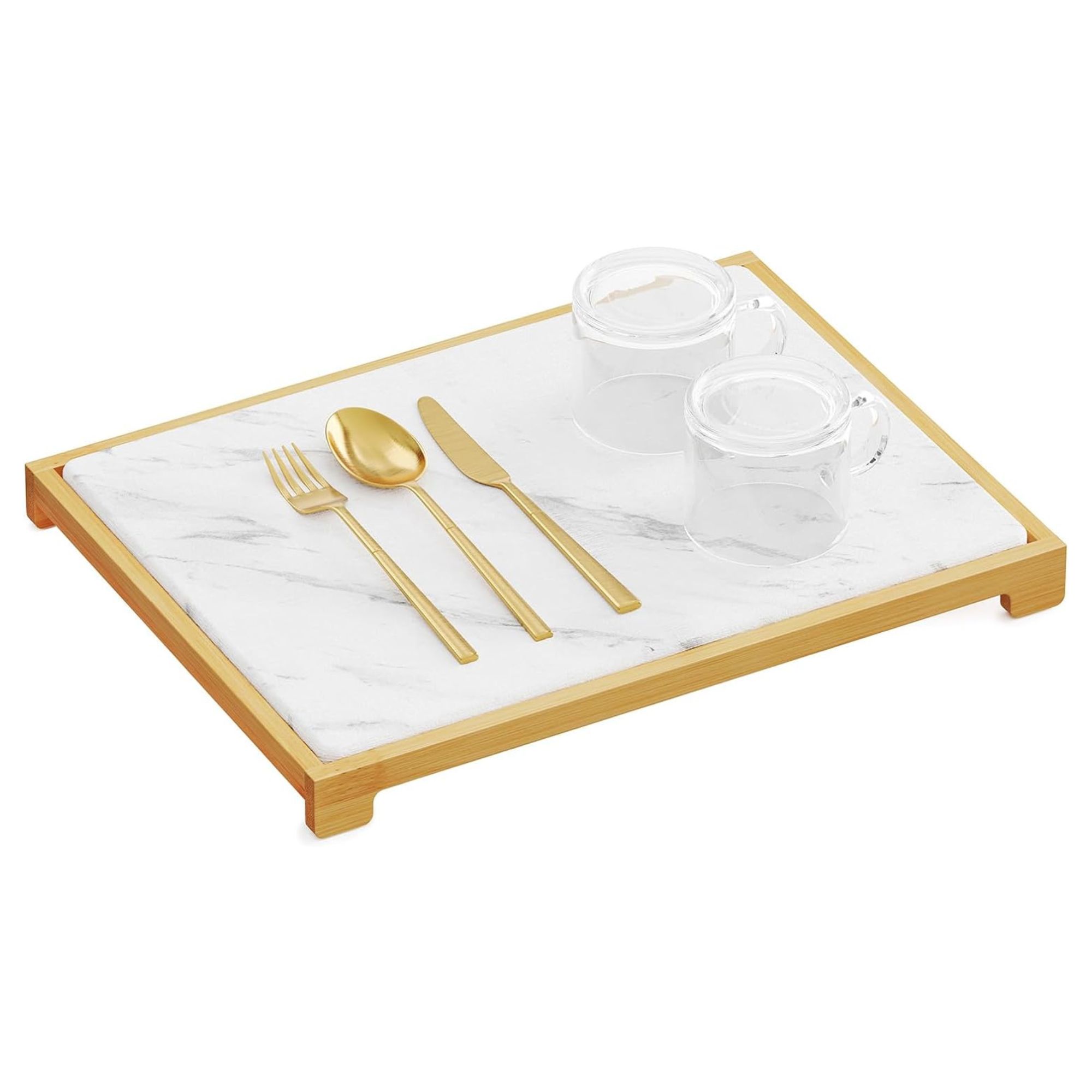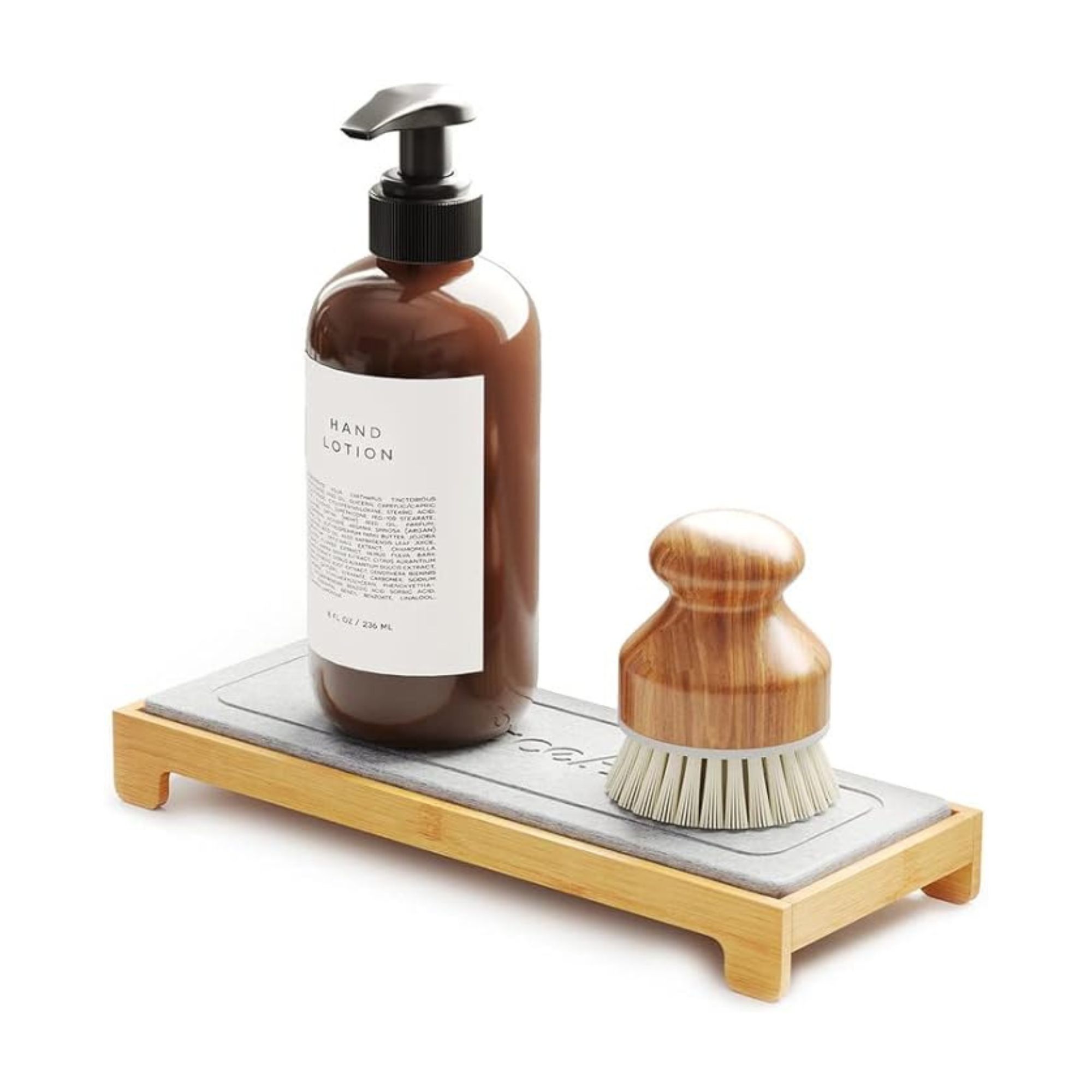The internet is obsessed with stone drying mats – but should you buy one?
These affordable kitchen accessories are wowing the internet with their ability to dry dishes and glassware in no time at all


If you spend any time on Tiktok you may have come across the affordable kitchen accessory that's been taking the internet by storm: stone drying mats.
As you can see in the video below (shared by TikTok creator @mrs.kritzelis.home), these affordable kitchen tools are the newest must-have accessories for making washing up a breeze.
Available in a variety of stylish finishes – from sleek marble to pure black – these mats promise to dry out your glasses and cutlery in no time at all – minimizing the time it takes to complete your washing up routine.
Stone drying mats – are they worth the hype?
But do these drying mats live up to the online hype, or are they just another TikTok trend we should be swerving?
Below, we examine the pros and cons of stone drying mats to see if they are worth the purchase.
@amazon ♬ original sound - Amazon
What are stone drying mats?
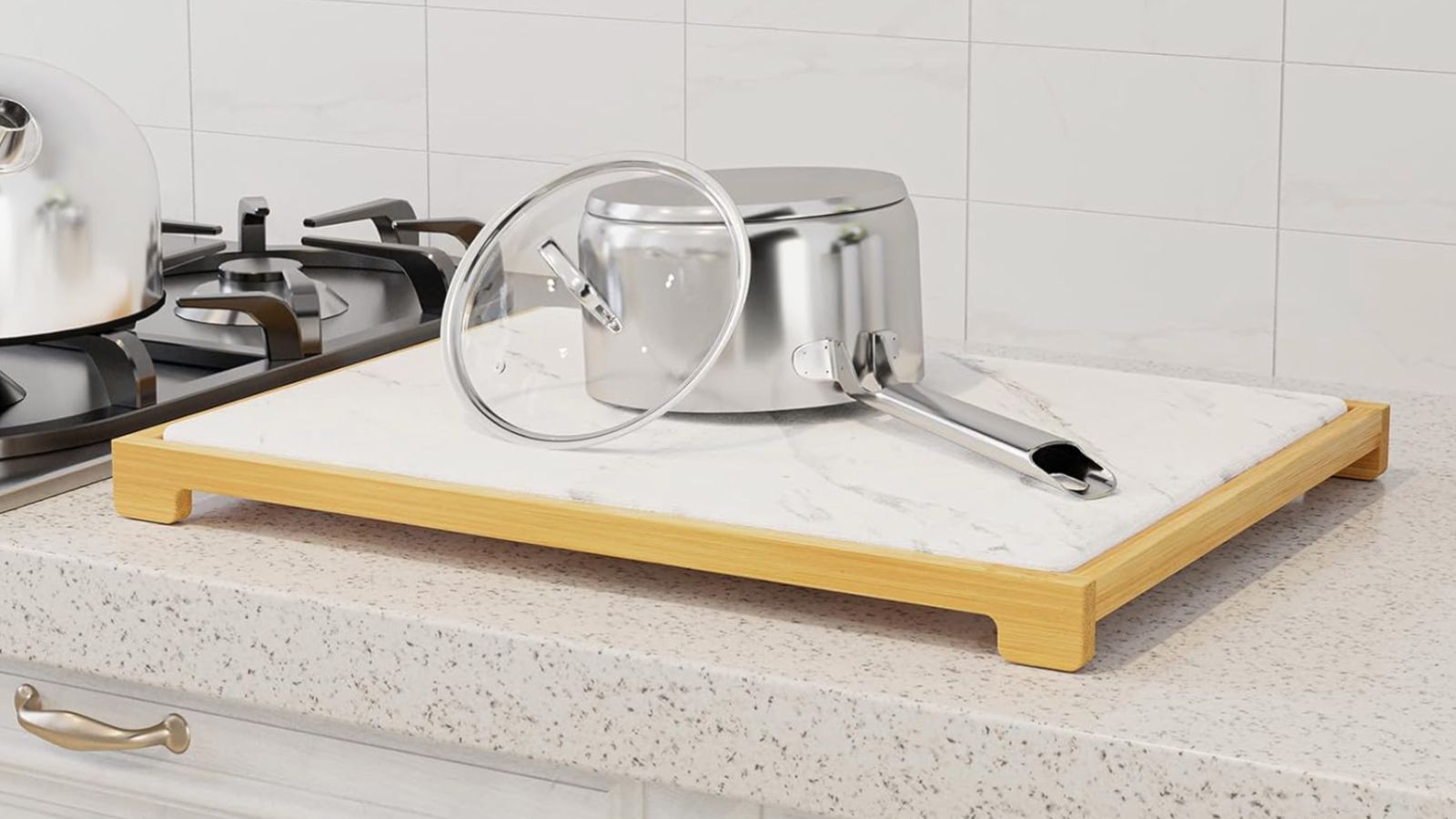
The stone drying mats made popular by social media are made from a natural material known as diatomaceous earth (DE). DE is made from the fossilized remains of ancient algae – called diatoms – and is known for its immensly absorbant and naturally antibacterial qualities. Therefore, kitchen drying mats made from DE will absorb water quickly and are an excellent option for drying dishes, glasses, and utensils.
The Pros
Stone drying mats, like this affordable Marble Effect Mat from Amazon, are popular for a reason. Here are four reasons why they are a good investment:
They're eco-friendly: Diatomaceous Earth is sustainable and biodegradable, making these mats much more environmentally friendly than their hard plastic counterparts.
Sign up to the Homes & Gardens newsletter
Design expertise in your inbox – from inspiring decorating ideas and beautiful celebrity homes to practical gardening advice and shopping round-ups.
Absorbent and antibacterial: Their ability to soak up water rapidly keeps countertops dry and hygienic. They also help prevent bacterial growth and odors, keeping your kitchen smelling fresher.
They are hygienic: Because these mats quickly draw in moisture, they keep your kitchen countertops dry and reduce the chance of bacteria growing.
Aesthetics: Their sleek and simple design means they’ll fit beautifully into minimalist and modern kitchens.
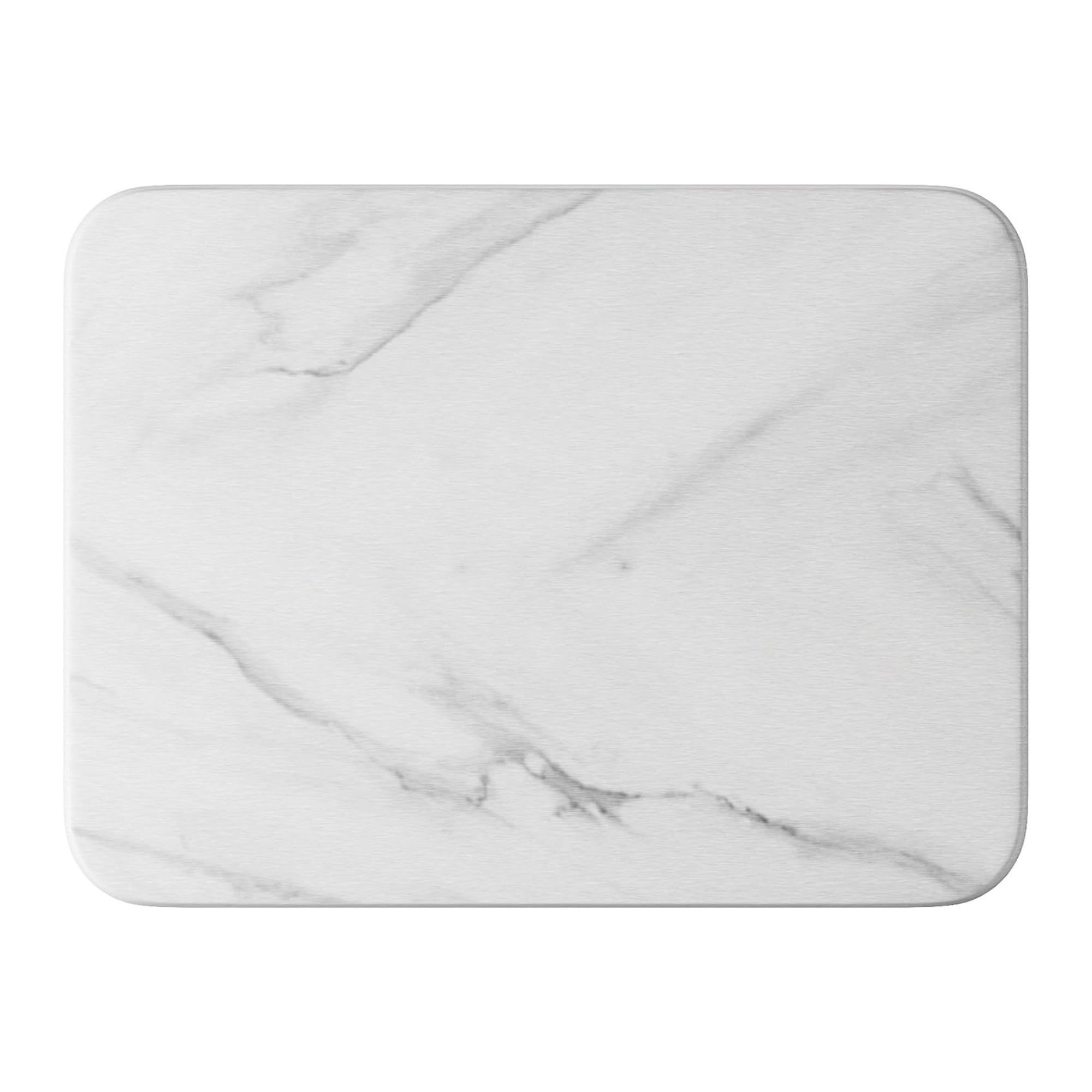
This highly-rated drying mat is praised by customers for its affordable price point and fast absorption. Many also praise its natural gray color, saying it fits seamlessly with their kitchen countertops.
The Cons
While Diatomaceous Earth (DE) drying mats offer several advantages, there are a few considerations to keep in mind:
Fragility: Their brittle nature means these mats can be prone to cracking or chipping if they are not handled carefully. They require a bit of extra attention during use and cleaning compared to traditional drying mats.
Staining: The porous nature of these drying mats means they excel at absorbing water but they can also absorb colored liquids, leading to stains. Materials like red wine, coffee, tea, and certain sauces can be particularly problematic if spilled on them, which is not always ideal if you plan on using them to dry coffee mugs or wine glasses.
Maintenance and Cleaning: A simple rinse and air drying are often all that is needed to maintain these mats, making them appear incredibly low-maintenance at a glance. However, they may require occasional sanding to remove stubborn stains. Similarly, they aren’t suitable for cleaning in the dishwasher, meaning you must rinse the mat by hand each time.
Odor: Many online reviews report that stone drying mats sometimes have an earthy, wet stone odor to them if they are not left to dry completely between uses.
FAQs
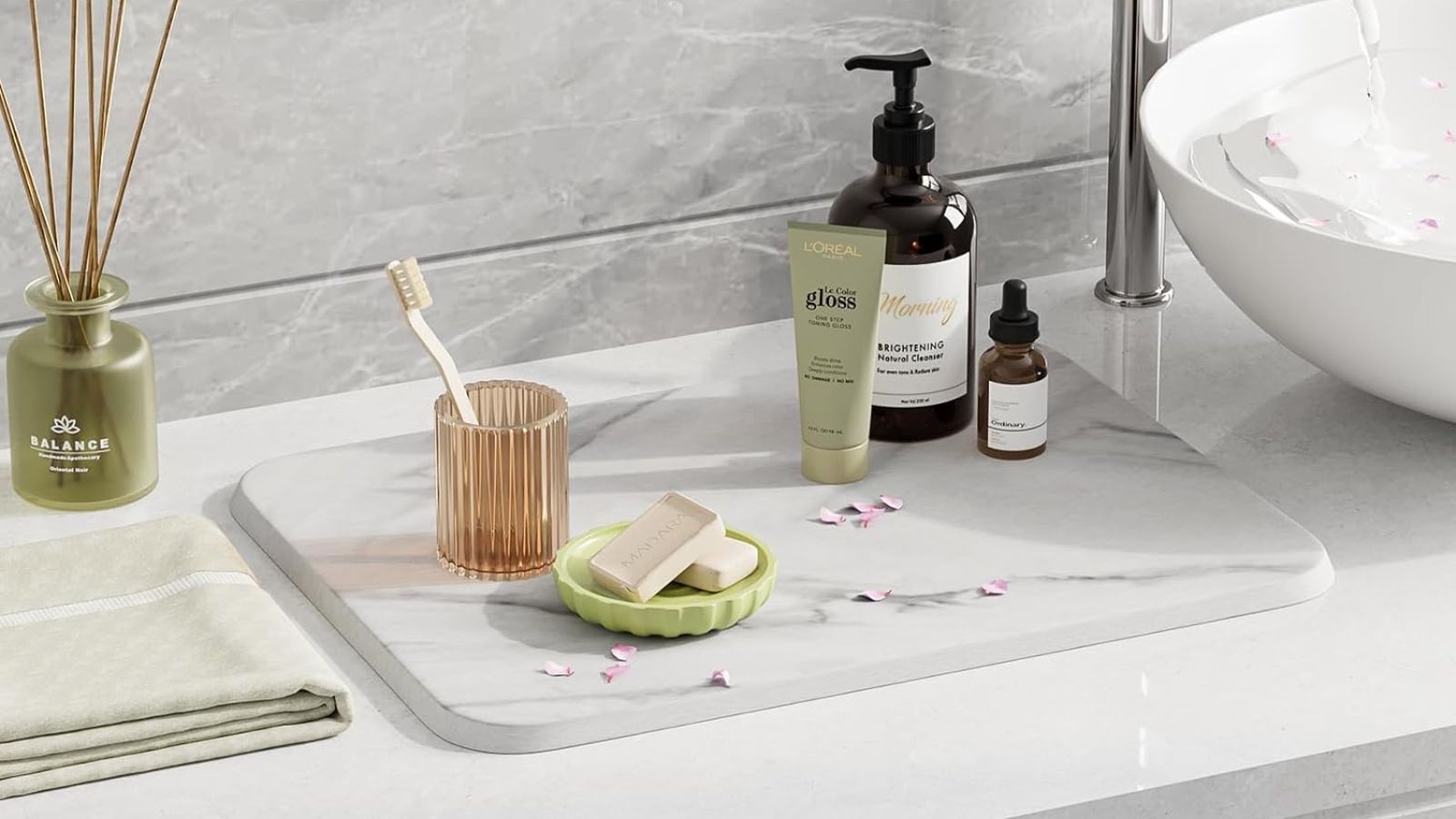
How do you clean stone drying mats?
Cleaning stone drying mats is straightforward. For daily maintenance, simply rinse them under running water and use a soft brush for any light stains, and avoid harsh chemicals.
To prevent stains from ruining your mat, it's recommended to clean spills as soon as they occur. Light sanding with fine-grit sandpaper is recommended for particularly ingrained stains, though this should be done sparingly to avoid wearing down the mat. Some people swear by a natural cleaning solution of baking soda and water to gently lift stains without damaging the mat's surface. Some deep or vivid stains might not be fully removable, which can be a downside to these mats if you want to maintain a pristine kitchen aesthetic.
Always allow stone drying mats to dry completely in a well-ventilated area before storing or using them again.
How long do they typically last?
With proper care, stone drying mats can last several years. However, their lifespan will depend on how they are handled and maintained on a day-to-day basis. You should clean them regularly and avoid rough treatment to extend their lifespan. It's also a good idea to store them away from direct sunlight and don't leave them sitting in water for a prolonged period of time.
Why do the edges of my drying mat warp?
Diatomaceous earth mats absorb water quickly but can deform if they dry out too much. This happens because they lose water continuously in dry environments, causing the edges to curl. This isn't usually a problem in bathrooms or places with stable humidity since the moisture keeps the mat balanced. To prevent warping, use the mat in areas with consistent humidity and avoid keeping it in overly dry spaces.
What else can you use stone drying mats for?
These versatile mats have a range of handy uses throughout the home. Some of our favorite ideas include:
- Bath mats: Because they absorb water quickly, stone drying mats are perfect for drying feet after showers or baths.
- Toothbrush or soap holders: Keep your bathroom countertops dry and sanitary with small stone drying mats for wet objects.
- Beneath pet bowls: Place these mats beneath your dog or cat bowls to absorb liquid spills from pet food and water.
- Refrigerator liners: Maintain the freshness of your fridge by absorbing excess moisture in vegetable drawers or on shelves.
- Under planters: Protect your home surfaces from water damage by placing these mats under houseplants to absorb any excess moisture after watering.
If you feel inspired to purchase your own stone drying mat after reading this article, you may also want to read what home experts think are the 5 kitchen items you need to upgrade next. Learning to make better kitchen purchases will help you keep your home stocked with the best quality tools to simplify meal prep and make cleaning your kitchen a breeze.

Gabriella is a freelance contributor for Homes & Gardens. She is a DIY enthusiast and a lover of all things interior design, often found antiquing or browsing the aisles of her local hardware store. She has a particular passion for historic buildings and is in the process of renovating a Victorian coachhouse in the countryside.
For much of the past decade, Gabriella has worked as a freelance writer, crafting copy for national publications and renowned homeware brands. Most recently, she worked for Homebuilding & Renovating Magazine and is the former Head of Solved at Homes & Gardens, focusing on case studies for the magazine and website, as well as writing features about issues surrounding historic and listed building projects.
-
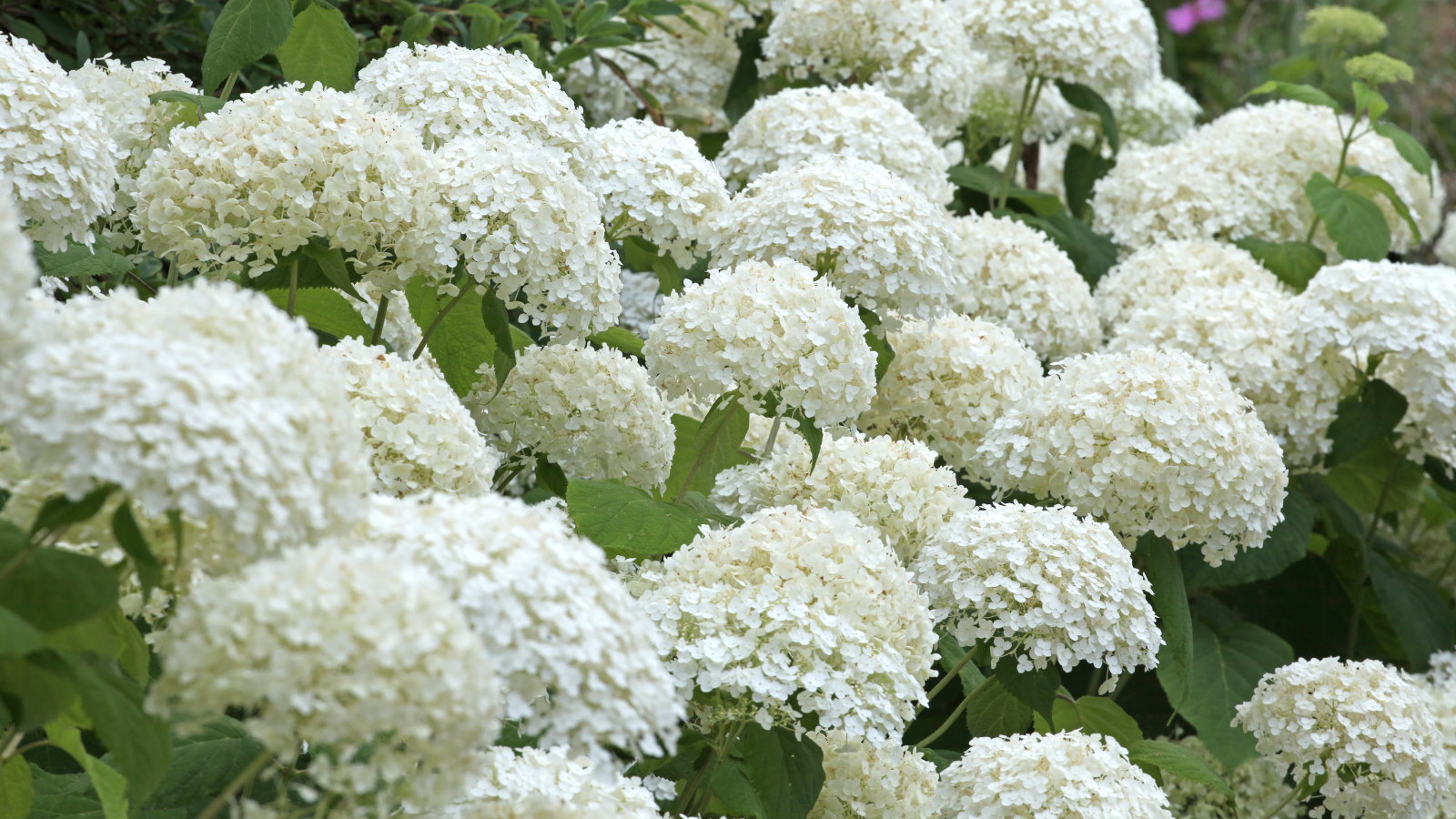 Your hydrangeas will flourish with bigger blooms and healthier growth thanks to this natural material
Your hydrangeas will flourish with bigger blooms and healthier growth thanks to this natural materialDiscover why you should be using leaf mold to mulch hydrangeas
By Drew Swainston
-
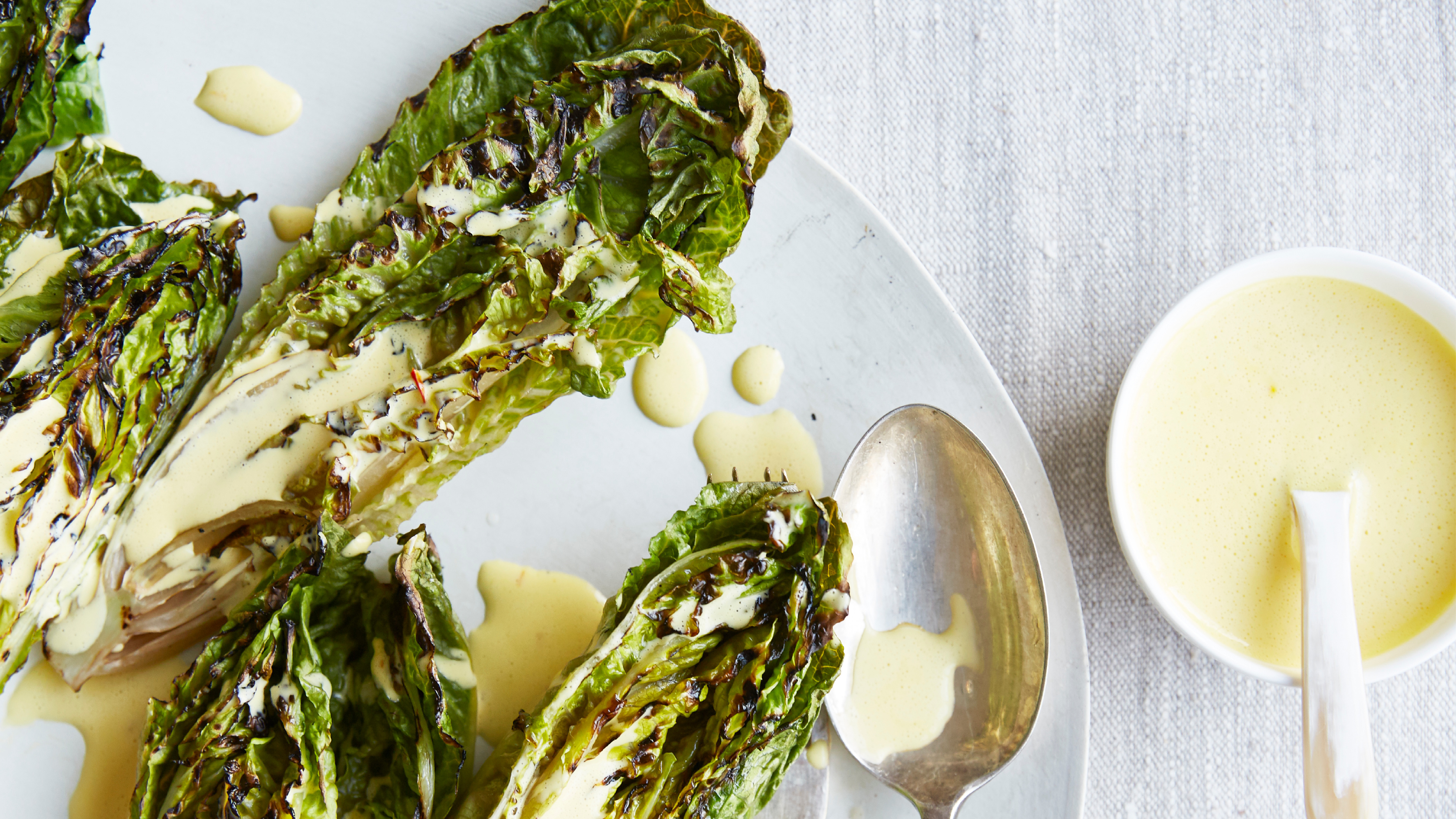 Charred little gem with saffron dressing
Charred little gem with saffron dressingThis recipe with charred little gem is both easy to make and sure to impress guests. It's the perfect side for fresh spring menus
By Alice Hart
